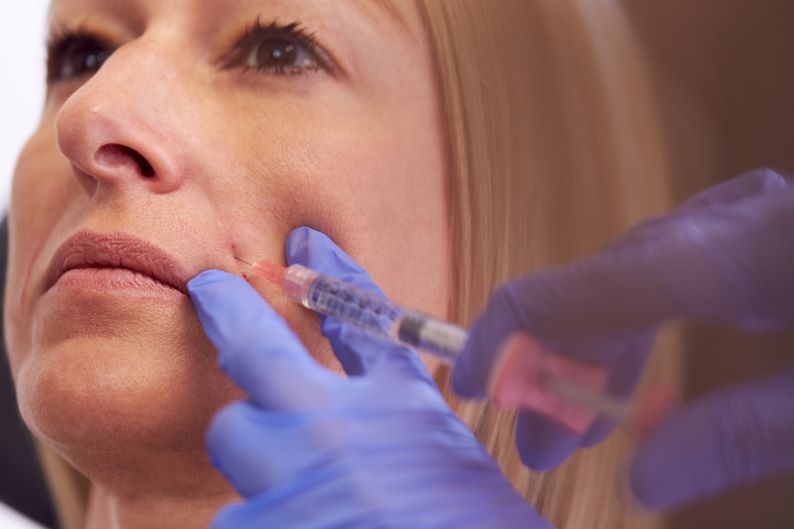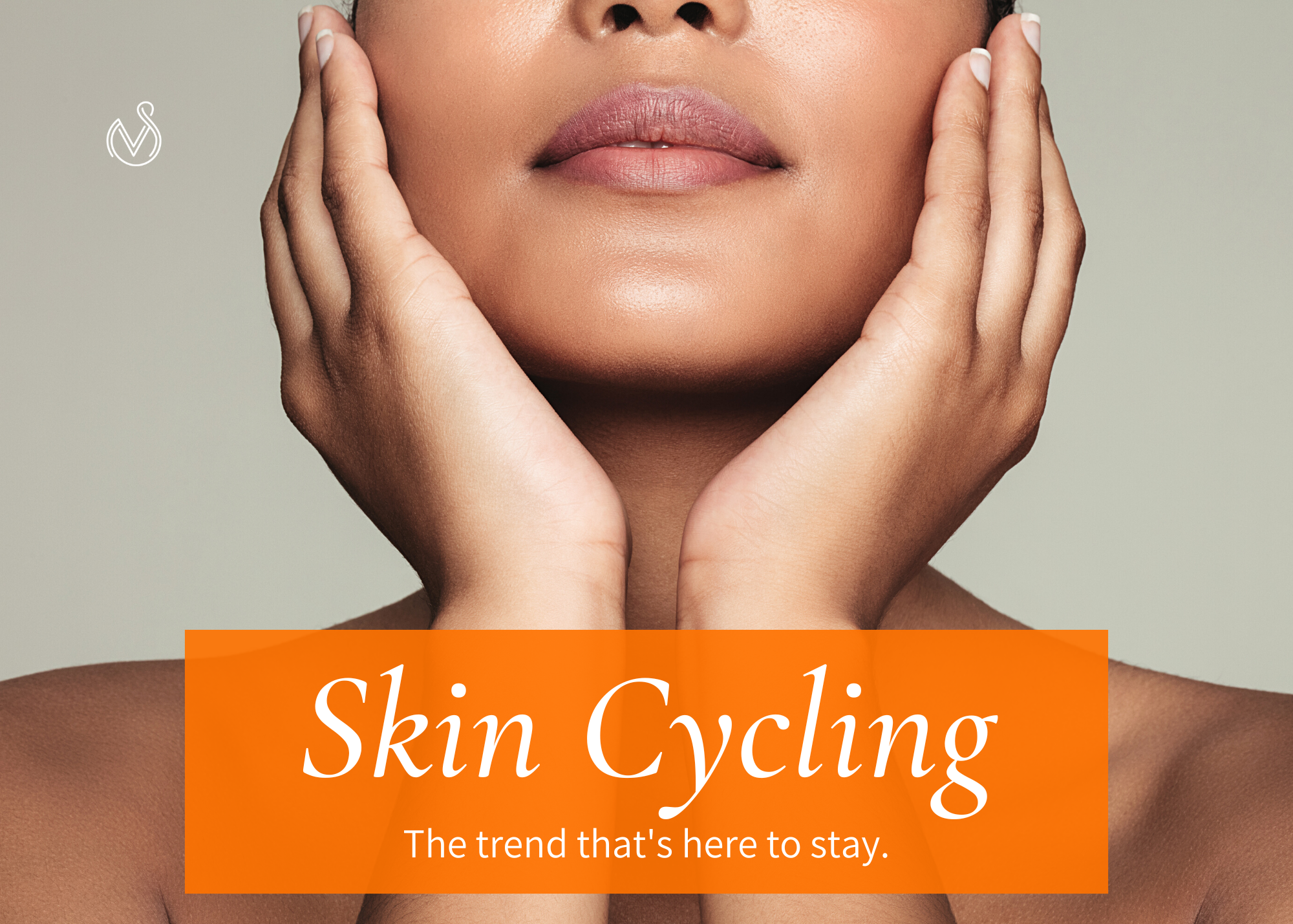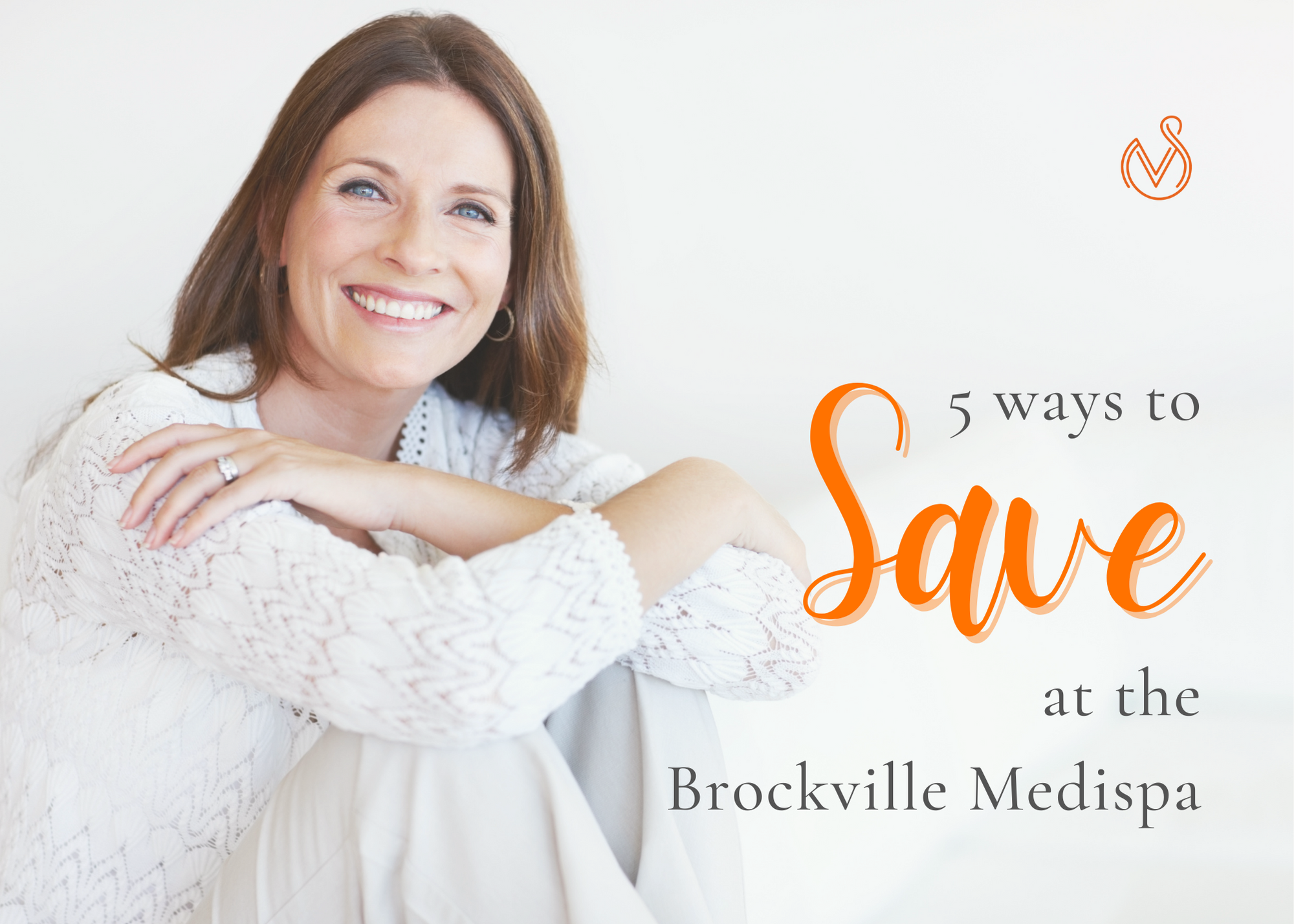Target Wrinkles, Dark Spots and Aging with High Performance Serums

Almost every skincare line has a serum that promises to transform your complexion. But what are serums? What do they do for your skin? And how exactly do you use them?
Let’s face it, serums can be confusing. There are so many different kinds and how do you know which one is right for you? Luckily we’re here to demystify serums to help you understand how they work on a cellular level to improve your skin’s health.
The Basics: What are Serums?
Serums are extremely lightweight skincare products that are designed to easily penetrate the epidermis. It is typically formulated with smaller-sized molecules whose main purpose is to deliver high concentrations of active ingredients into the skin.
A serum can be single-sourced, such as Vitamin-C, or hyaluronic acid. Or it can contain a cocktail of pharmaceutical agents that work in synergy. For example, an anti-aging serum can combine vitamins, retinols, peptides and pigment-inhibiting ingredients.
Texture and composition of a serum can vary as well. Some are watery or water-based gels while others have an oily consistency.
How to Use a Serum
Generally speaking, serums are not stand-alone products but rather are designed to be used as part of a skincare regime. After cleanser and toner, a serum should be applied before the moisturizer step. This will ensure that the active ingredients penetrate the skin as intended without more occlusive ingredients getting in the way.
Depending on the serum and its purpose, it’s possible to use more than one serum at the same time. In this case the order is not important as long as the textures are similar. If you have one water-based serum and one with an oily base, then it’s recommended to apply the lighter product first, followed by the heavier one.
Please note that a serum does not replace your moisturizer. It may be tempting to apply as serum, especially one that has an oily texture, and call it a day. But doing so may not give your skin the hydration it needs. Although a serum may deliver skin-boosting agents such as hyaluronic acid, you still need the heavier ingredients, such as emollients, to form a protective barrier over your skin.
What Kind of Skin Conditions Does a Serum Target?
When used correctly a serum can effectively address a multitude of skin concerns. These include:
Free Radical Damage: Vitamin-C and E serums are designed to neutralize free radicals and protect your skin from the elements. In addition to wearing daily sun protection, a good anti-oxidant serum will defend your skin against harmful UV radiation.
Dehydrated Skin: Hyaluronic acid is a common ingredient for parched skin because it delivers deep hydration. It’s very important to apply moisturizer to seal in the moisture.
Dark Spots (hyperpigmentation): Skin lightening agents such as Kojic acid, Niacinamide or Hydroquinone can even out discoloured areas, particularly melasma.
Wrinkles: If you’re looking for anti-aging action you can’t beat a retinol serum. This ingredient is clinically proven to accelerate cell turnover and improve the appearance of lines and wrinkles.
Give us a call at 613-342-0220 to find out more about the treatments mentioned in this blog and any special offers here at BrockvilleMediSpa. We invite you to book a personalized consultation with Dr. Steyn or Nurse Vicki. Look better without looking different!










